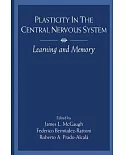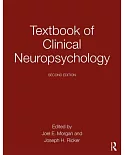Timely and authoritative, this unique handbook explores the breadth of current knowledge on temperament, from foundational theory and research to clinical applications. Leaders in the field
examine basic temperament traits, assessment methods, and what brain imaging and molecular genetics reveal about temperament's biological underpinnings. The book considers the pivotal role of
temperament in parent��hild interactions, attachment, peer relationships, and the development of adolescent and adult personality and psychopathology. Innovative psychological and educational
interventions that take temperament into account are reviewed. Integrative in scope, the volume features extensive cross-referencing among chapters and a forward-looking summary chapter.





















